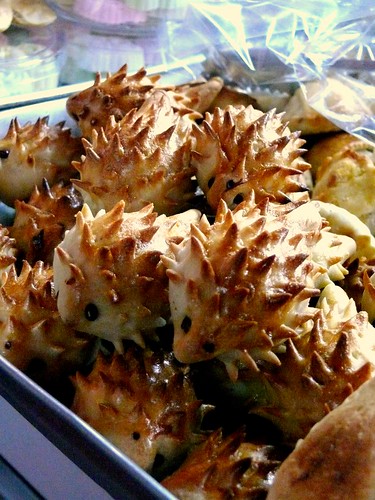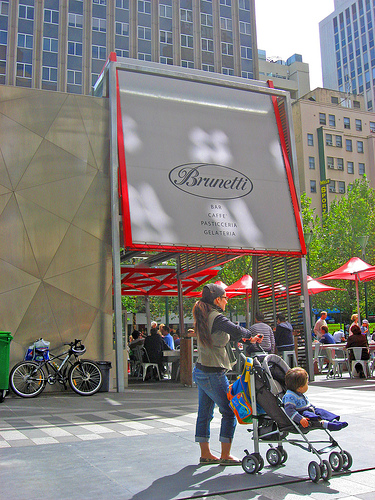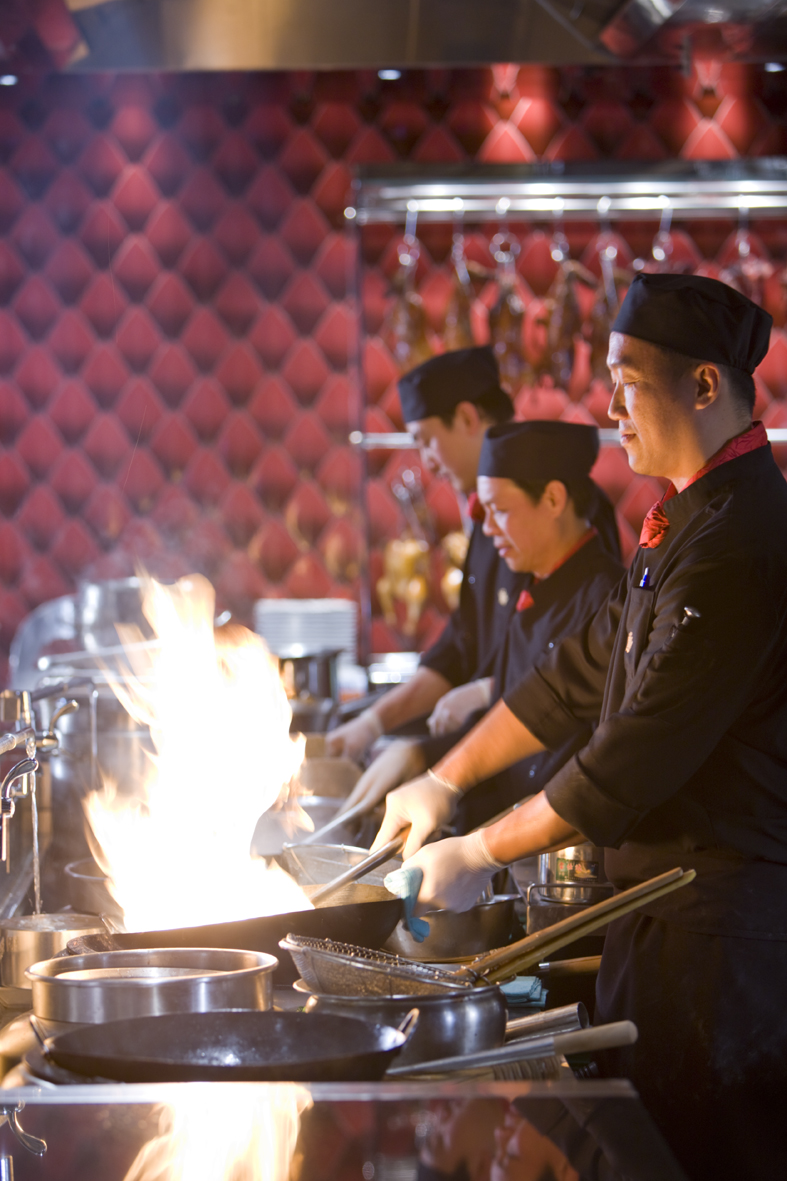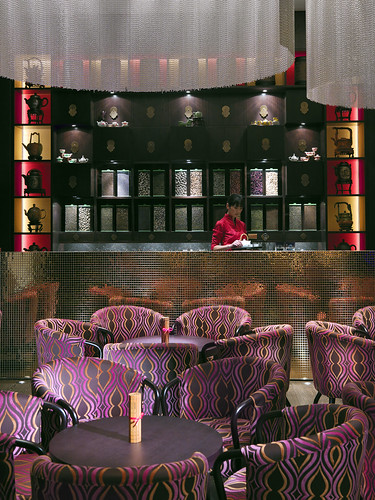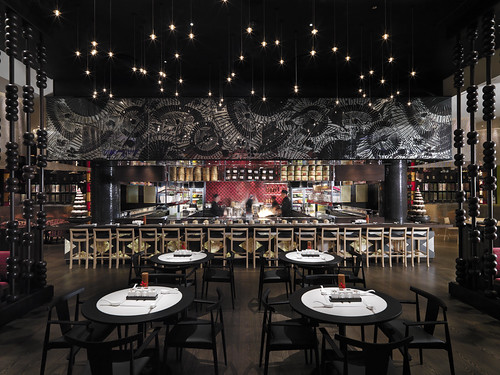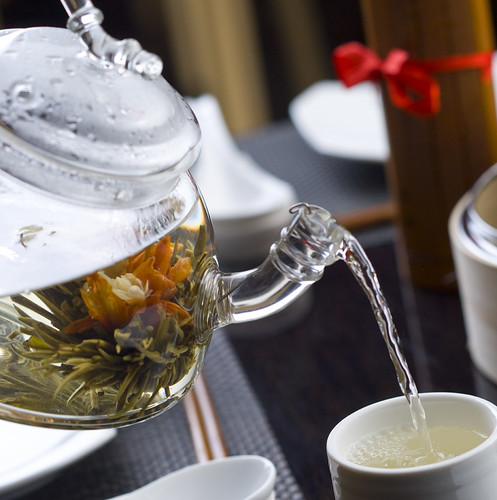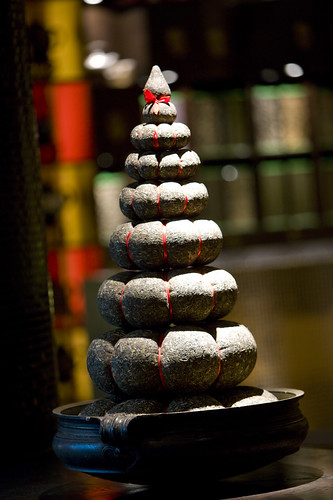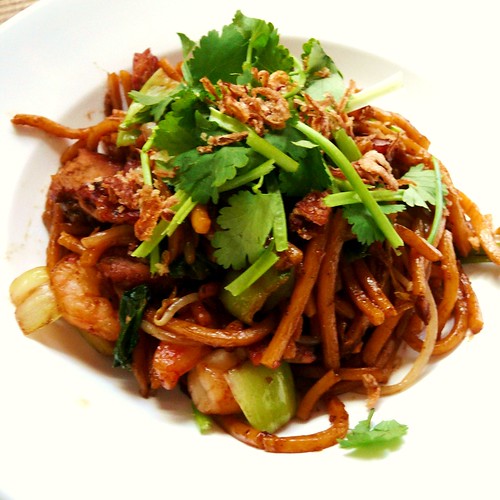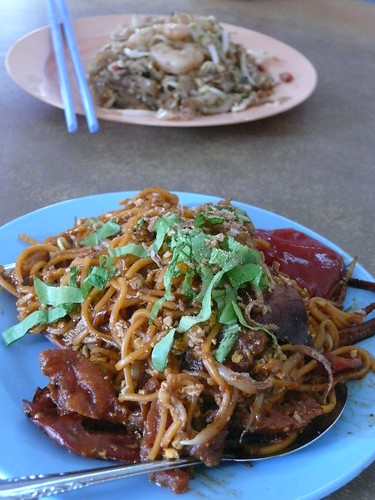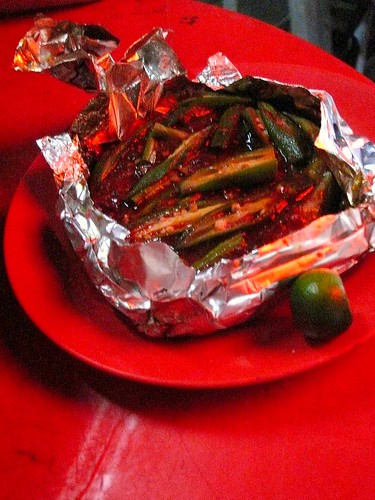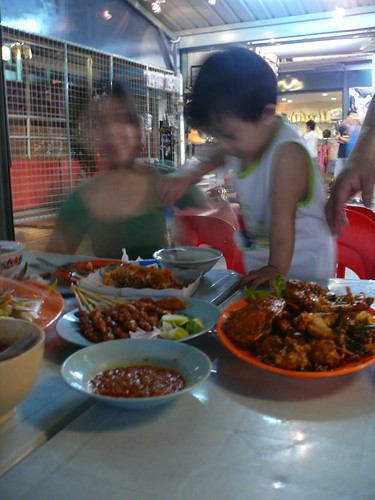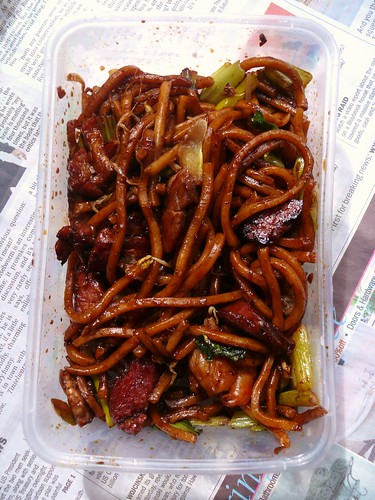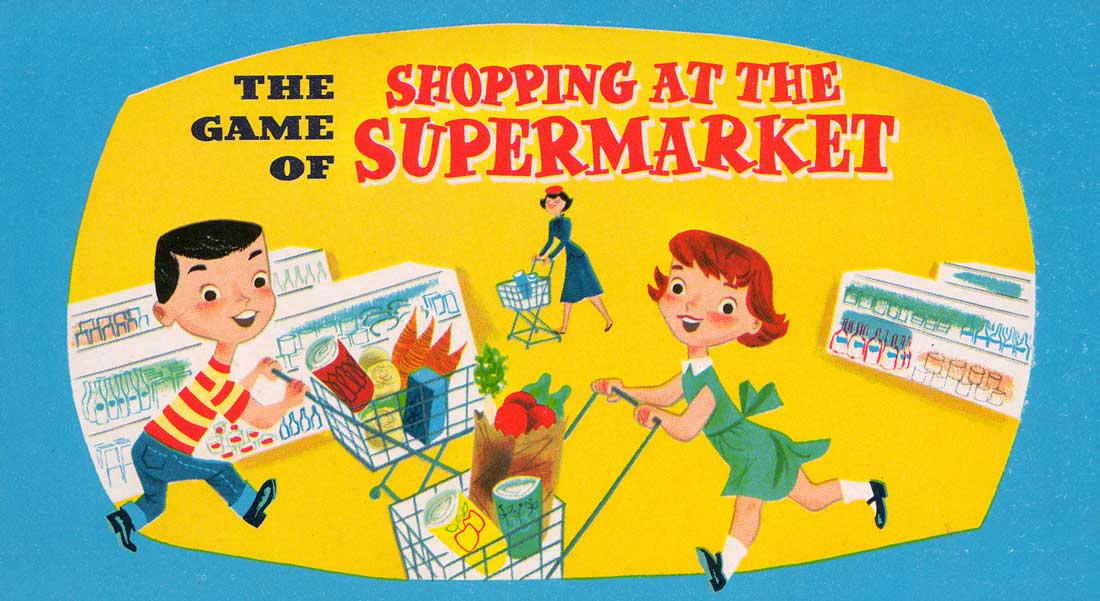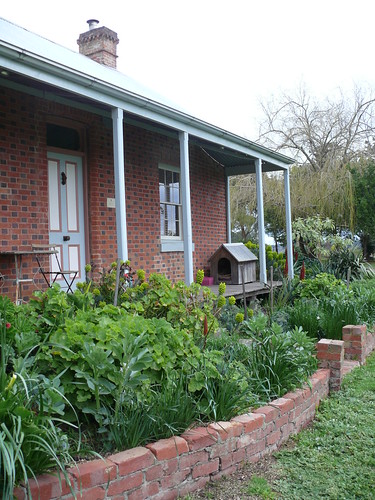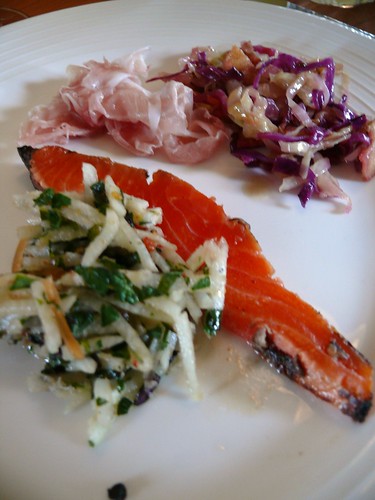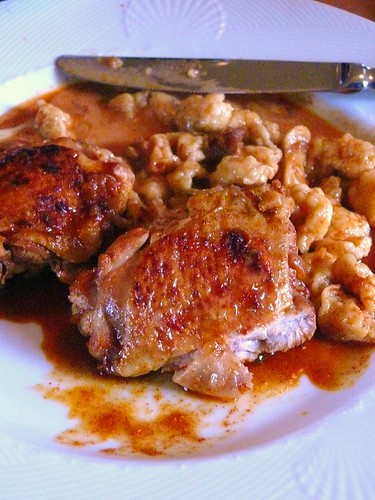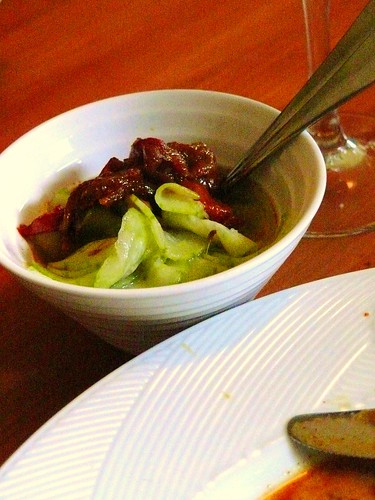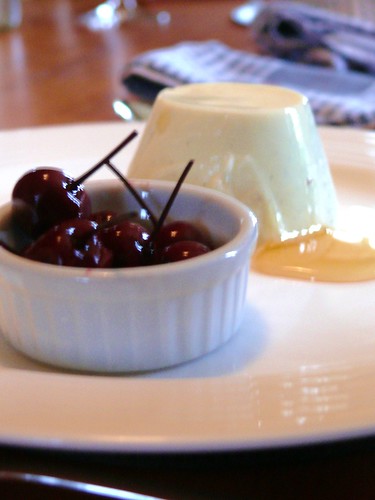Got my Mojo working but it just won't work on you
Got my Mojo working but it just won't work on you
I want to love you so till I don't know what to do
I got my black cat bones all pure and dry
I got my 4 leaf clovers all hanging high
I got my Mojo working but it just won't work on you
I want to love you so till I don't know what to do
"Got My Mojo Working" 1956 - song written by Preston Foster
It left me. I'm not sure when, but it's gone. And I'm devastated.
While travelling in South East Asia for a bit over five weeks I read food books, the Good Weekend Food edition, Saveur Magazine and even a cookbook. With no cooking to do, no food shopping or cleaning up to wade through, I thought excitedly about what I would cook on our return.
But when we came back I stood like an idiot at the South Melbourne Market, perplexed as to what to buy and blindly sought staples. I scratched my head when it came time to cook something and plumbed the depths of my soul, but nothing was forthcoming. I overslept and missed my usual Farmers Market. That's just not like me.
I looked at food porn. I glanced at cookbooks irritably. Looking at food blogs left a dry taste in my mouth. I watched Nigella and was not enthused. I found it more interesting to count the myriad of ways that the production team had devised to use her fake house to disguise her broad hips and stout legs. Nothing helped me. The magic was gone. My cooking mojo had disappeared into the ether.
Usually when I cook it's as though I'm under a spell, that's why I think of it as my mojo. It flows out of me with no conscious thought. It is intuitive. I don't need to measure ingredients, evaluate time Vs temperature or follow a recipe - it just flows with no conscious thought. As though invaded by the spirit of another, cooking just comes together for me in an almost trance-like fashion.
What's happened? I am managing to cook, though lacking inspiration - and it tastes fine - but it's taking me way longer to do and I am strangely also losing my appetite. Bizarrely for me, when we went to The Press Club for my birthday celebration I was defeated by the size of the servings of the Symposium (degustation menu). I - who can happily wade through Greg Malouf's gut busting multi-course extravaganza's - left duck confit and sundry items on my plate at George Calombaris' temple of modern Greek gastronomy.
In spite of channeling George's mother with the imagined words "...eat..eat!!" and Mr Sticky putting on a Italian Mama falsetto and saying "Eat! Eat! You're too skinny!" I could not rise to the occasion. I was embarrassed.
The food blew my mind. It was clever, and unlike some fashionable venues, not so obviously tricked up that the modern techniques became the star over the produce. This was definitely no case of style over substance, rather an intelligent working of flavours, textures and techniques used to deliver a concept that had incubated in Calombaris' mind.
The idea of what a dish could be - at its best - was at the core of each course with the inspiration explained by the waitstaff on presentation. At the end of the meal, a digestive of mastic and sugar on a teaspoon was hardened in a shot glass of water to form a sticky toffee. It was a sensation, with just a hint of clove oil that cleared the palate and settled the stomach; magic.
Ordinarily my annual 'big night out' would have been enough to get my mojo on track again, but it failed. Where's the spark gone?
I can only presume that something within me has changed. Could I have overstretched my palate?
We delighted in some spectacular restaurant meals on our travels, especially in the former Royal town of Luang Prabang in Laos. We sat in orgasmic raptures hunkered humbly on tiny roadside stools beside food hawkers, and overdosed on sweets at The Hanoi Sofitel's Chocolate High Tea. We ate at Restaurant Bobby Chinn and later, I read my autographed copy of his cookbook on the beach in Thailand with a smirk, when I came upon lines of text lightly censored in silver ink at the behest of Vietnamese authorities.
Could I have overdosed by indulging my senses too readily?
And now at Christmas I am thankfully not responsible for preparing the traditional family meal, but again taking Mr Stickyfinger's Chargrilled salad, Luv-a-Duck's Peking duck party pies and Noisette's garlic loaf - with whole garlic cloves submerged in the dough that roast to sweetness in the baking - along to his family's gathering. And I am making edible gifts for them. But I'm doing things so ingrained in me that they have become staples in our diet, no mojo required.
The gifts are things I think everyone should make for themselves regularly, but have instead become replaced by processed convenience products that lack the depth of flavour and texture. I have made lemon scented olive oil to use in my home-made lemon mayonnaise, which will go in a simple pack with a large bottle of my vinaigrette, which made properly, does not separate. They're practical gifts reflecting the need for home comforts in the face of economic gloom, instead of the usual clutter destined for eBay.
And so I continue to cook, albeit apathetically.
Like a lover deserted, I feel as though I have paled without my passion. If you're out there Cooking Mojo, please come back. I beg of you...
